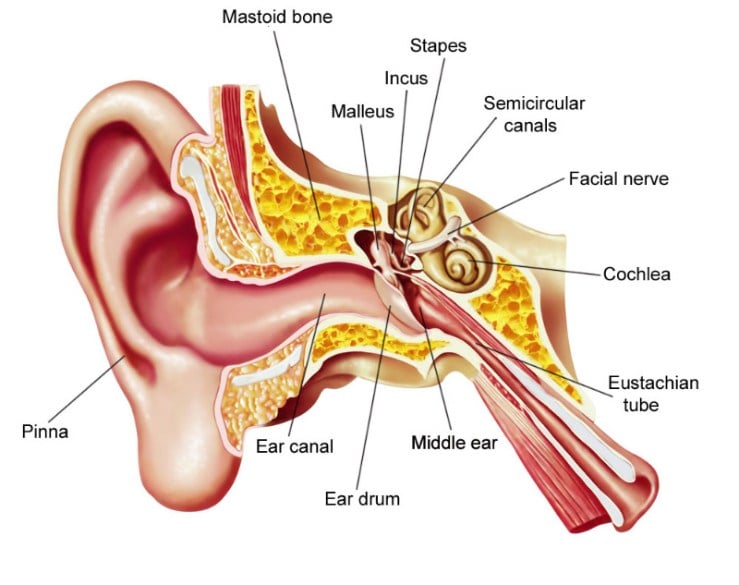ExostosesPLEASE NOTE - THIS INFORMATION IS INTENDED FOR GUIDANCE ONLY. IT IS NOT IN ANY WAY A SUBSTITUTE FOR A SPECIALIST CONSULTATION. What are exostoses? Exostoses are smooth bony swellings that can grow in the ear canal. They are NOT any sort of tumour or growth. What causes exostoses? Exostoses grow in people who spend log periods of time in the water, particularly cold water. This includes swimmers, particualrly sea or open-water swimmers, windsurfers, surfers, kite-surfers and kayakers. They are less common in SCUBA divers, as their development seems to be related to repeated cycles of immersion in cold water followed by drying out, particularly if exposed to a cold wind. The exact mechanism by which they grow remains something of a mystery, but one theory is that the skin of the ear canal goes through similar changes to the skin of the hands in cold weather (going very white in the cold and then very red when it warms up again and the blood returns). Because the ear canal is the only part of the body where skin sits directly on bone, it is thought that these periods of increased blood flow may stimulate excess bone growth. What symptoms do exostoses cause? Most don't cause any problems, but sometimes they can cause a feeling of blockage in the ear, problems with a build up of wax or repeated infections. It is surprisingly rare for exostoses themselves to cause a hearing loss, although the build-up of wax behind them may do. How can exostoses be treated? Because the exostoses grow as a result of cold water getting in the ears, wearing ear plugs for watersports (usually custom-fitted ones are best) may be enough to stop the exostoses from growing further. They may also stop infections, which generally occur after water has got into the ears. If the problem is with wax build-up, regular cleaning of the ears in out-patients may help. We do not recommend that patients with significant exostoses have their ears syringed at their GP surgery. If despite these measures the exostsoses continue to cause problems, we can consider surgery to remove them - for further information on this, please see the page on correction of exostoses.
|

